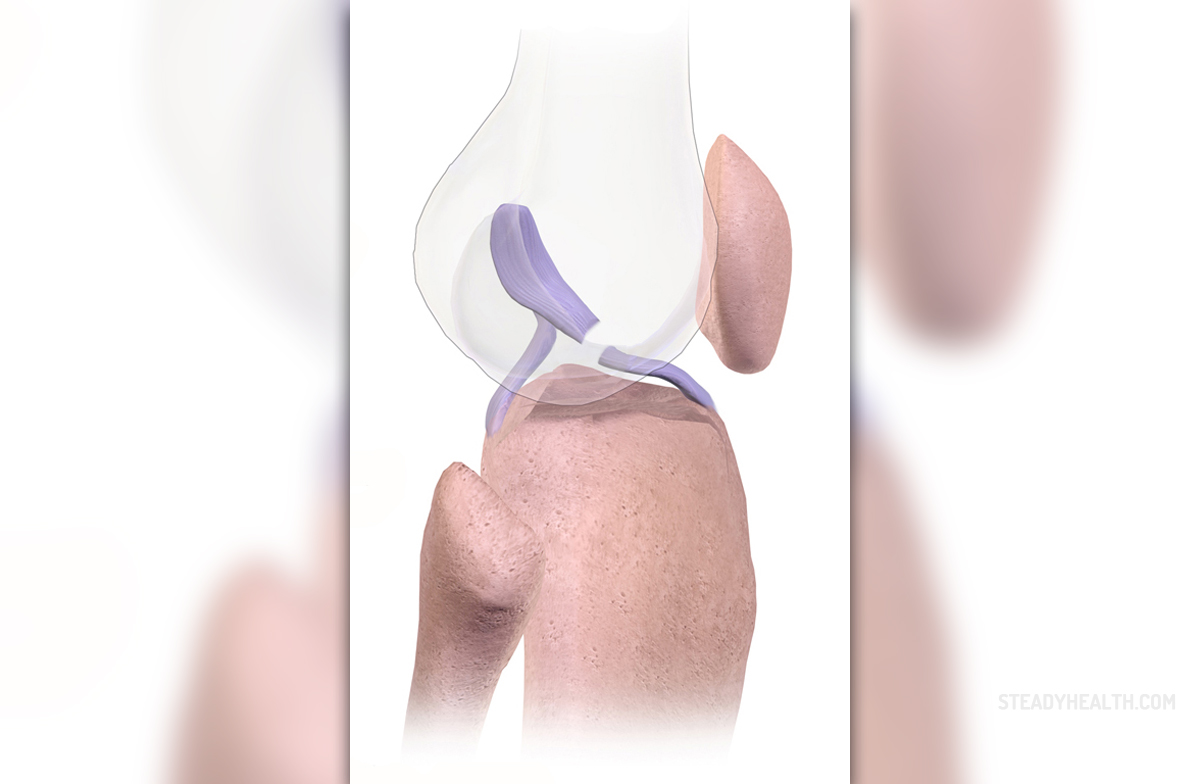
What is ACL?
ACL is short for the anterior cruciate ligament. It is a powerful kneeligament that holds the knee together by attaching the front of thetibia (the large bone in the lower part of leg) with the back of thefemur (the bone in the upper part of the leg). Its role is to preventhyper-extension of the knee. Anterior cruciate ligament also providesstability of the knee when the knee is bending, that is, while thetibia is sliding under the femur. It is comprised of two bundles, anddamage to any of these two can result in loss of both stability andfunction of the knee. Unfortunately, the anterior cruciate ligamentis prone to injury, especially by tearing. As it provides stabilityand ensures proper function of the knee, it is easy to imagine whathappens if it is injured.
Injuries of anterior cruciate ligament
Injuries, that is, tears of anterior cruciate ligament can be eithercomplete or partial. A partial tear of anterior cruciate ligament iscondition where the anterior cruciate ligament has not been torncompletely. In this kind of injury, the anterior cruciate ligament isstill relatively intact, but there might be some looseness in theligament and instability in the knee. Pain caused by partial tear ofthe anterior cruciate ligament tis not not as painful as a completetear, but is nevertheless quite uncomfortable. This type of tear iscaused by a sudden shift in the joint. After the tear, the knee jointis susceptible towards giving out.
Symptoms of partial tear of the anterior cruciate ligament
First symptom would be the audible sound of tearing of the ligament.Immediately after that, the knee becomes unstable and becomespainful. The knee where the injury happened also begins to swell,right after the tearing of the ligament or sometime later, and mightbecome tender to the touch. Level of pain depends on the severity ofthe injury. The tear is most likely to happen in sports such assoccer, where motion involves lots of cutting or pivoting movements.But people who do not engage in any sport can also tear theiranterior cruciate ligament. Diagnosis of the tear is done by theLachman test and the pivot shift maneuver, or with arthroscopy.
Treatment
The method of treatmentdepends on seriousness of the injury. The usual dilemma with anteriorcruciate ligament tear is, whether it needs to be treated surgicallyor not? In some cases, a partial tear of the anterior cruciateligament can be treated conservatively. This means that no operativemethods will be used. Such treatment includes medications such asanti-inflammatory drugs and an exercise or a rehabilitation program.It is also very important not to pursue high-stress activitiesbecause the ligament will tear completely, as it heals only veryslowly. If surgery is recommended, then the goal is not just to patchthe tear, but to reconstruct the ligament completely.







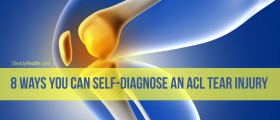

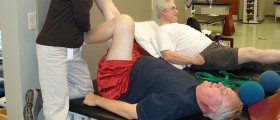

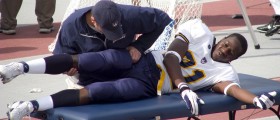



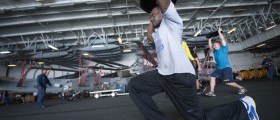
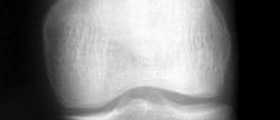
Your thoughts on this
Loading...